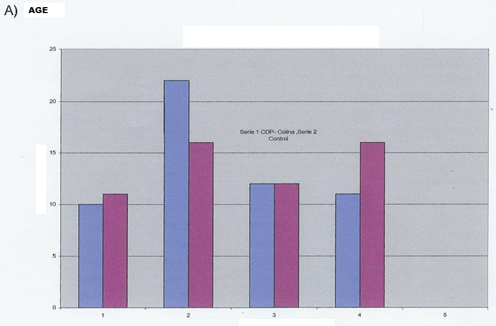
Table 1: Number of patients and decades of life.

Arrotegui JI*
Consultant Neurosurgeon, Department of Neurosurgery, Consorcio Hospital General Universitario, de Valencia, Avda Tres cruces S/N, Valencia, Spain*Corresponding author: Arrotegui JI, Consultant Neurosurgeon, Department of Neurosurgery, Consorcio Hospital General Universitario, de Valencia, Avda Tres cruces S/N, Valencia, 46014, Spain, E-mail: athbio@yahoo.es
Material & Methods: A single blind randomized study has been conducted on 110 patients with mild or moderate head injuries. With the aim of comparing the evolution of those that received only conventional treatment with the evolution of those treated with CDP-choline.
Results: Our results show that CDP-Choline improves patients’ overall progress with regard to the following functions: motor, cognitive and psychic alterations, along with a reduced stay on the ward in relation to the control group.
Conclusion: The Conclusion of our study regarding the use of CDP-choline in Head injuries with GCS between 13-10 insomuch as the symptoms and results obtained is deemed satisfactory.
Head Injury; CDP-Choline. G.C.S. Motor Function; Cognitive Alterations
In Western countries, HI is a major public health issue. In the US, the incidence of H.I. is 200 per 10,000 inhabitants [1, 2]
In the U.K, they account for 1% of all deaths in a year. In Scotland, it accounts for 3% of total hospital admissions per year. In Spain, 211 people die per million inhabitants per year in traffic accidents, with the cause of death being HI in more than half the cases. Approximately 200 cases per 100,000 inhabitants are treated in the emergency services involve a HI. The incidence of mild HI is approximately 150 per 100,000 inhabitants [3-5].
The severity of an HI is intimately related to the initial anatomical lesions, yet also to the edematous appearance that conditions the process. Since 1967; the existence of two types of cerebral edema has been known, vasogenic and cytotoxic. In HI, both types of cerebral edema are prevalent, with the most significant being the first, which determines the rupture of the blood-brain barrier. Several experimental models are known in rats, in which it was possible to verify how the treatment with CDP-choline allowed reducing the vasogenic cerebral edema and re-establishing the blood - brain barrier [6-8]
Regarding clinical studies; CDP-Choline has favored regression of cerebral edema and improved level of consciousness.
Material and Methods
Our study is aimed at the treatment of HI considered as mild and moderate according to the Glasgow coma scale.
Two groups would form our study, with a total of 110 patients that would present the following characteristics:
A) - Control Group (55 patients)
B) - CDP-choline group (55 patients)
The inclusion of a patient in the study was performed following the inclusion protocol of any clinical trial.
G.C.S. (11-10); (13-12)
Age 16-70
Sex (M/F)
Control group
-Fluid therapy 1’5 l / 24 h.
- Placebo
- Gastric protection (ranitidine 1 amp / 12h)
- Tolerant Diet and High Head 30º
The same as Control group +
- C.D.P.- Hill 1g / 8h (3 days) I.M. 2cc / 8H; until the discharge of the patient.
- Level of consciousness (GCS) on each nursing shift.
- Symptomatology (Headache, Dizziness, etc.)
- Signs (memory disorders, character, motor impairment, etc.)
In all cases the patient was informed and received the mandatory Consent informed.
The data collection was undertaken in the following manner: Upon admission of the patient in A&E; during each nursing shift and during the routine rounds of medical staff until medical discharge. Check-ups on the patients will be carried out in line with the GOS scale every month; three; six months and yearly. The conclusions were analyzed to know the significance or not of the results by means of the Chi Square test.
1-Headache. 2-Dizziness. 3-Motor impairment. 4- Memory disorders
The tables included herein show the evolution of patients during the clinical study after 3 months in Table 1; Table 2 relates the GCS ratings after 6 months and the scores achieved.

Table 1: Number of patients and decades of life.
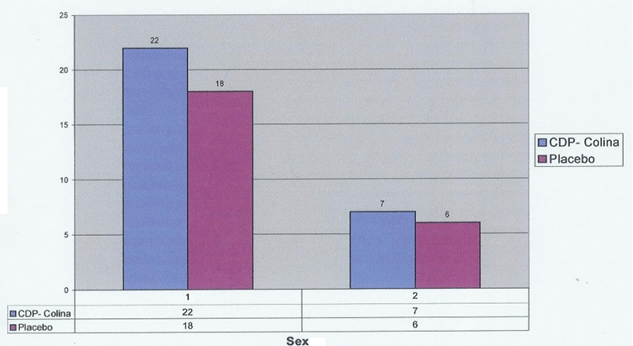
Table 2: Study distribution in relation to gender and G.C.S. to your income.
In table 3, the symptomatology and percentage of patients showing improvement per year of treatment is presented.
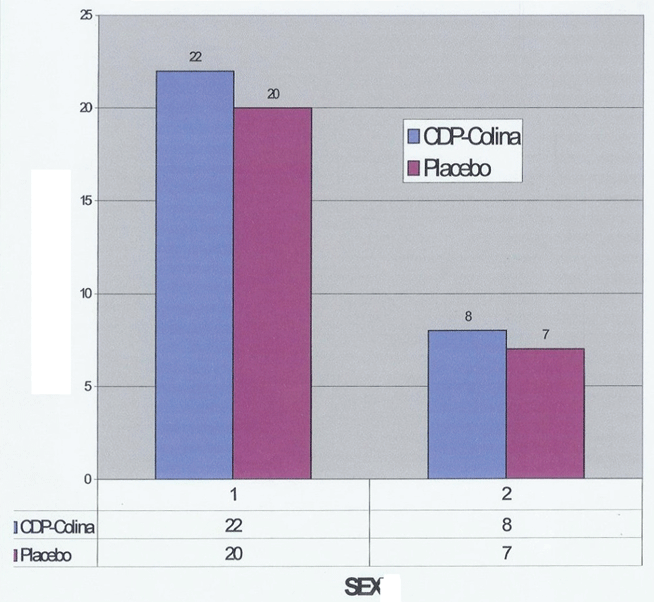
Table 3: Distribution in relation SEX/GCS.
There was a greater tendency for improvement in symptoms closely related to HI in patients treated with CDP-Choline.
If the post-emotionally valued symptoms are compared as a whole, these displayed a clear improvement when compared to the placebo group, becoming significant in:
On a clinical level, motor deficit improvement is worthy of special mention.
On a socio–professional level. It was possible to verify the quickest recovery of their socio-professional environment, but without becoming significant with respect to the placebo group.
Discussion
A highly significant distinction has been made between the two forms of cerebral edema: Cacogenic and cytotoxic may exist which some authors call interstitial.
In HI, the two interrelated edemas appear, giving rise to the increase of fluid in the intercellular space, also the HI can provoke a hyperemia due to a reduction of the vasoconstrictor response. Other factors fostering the development of edema are ischemia and hypercapnia leading to vasoplegia CDP-Choline accelerates the biosynthesis of cerebral structural phospholipids which is very useful for the treatment of cerebral edemas.
The pharmacological mechanism of the CDP-Choline molecule can be summarized as [2,9,10]:
Studies of experimental research have made it possible. Molecule used in our clinical study has allowed obtaining an effect conducive to consciousness and motor activity [11].
Our study allowed us to verify that this molecule is tolerated perfectly and that according to all the authors consulted and to our own studies that show CDP- Choline l significantly accelerates (p <0.05) symptoms such as character changes.
The first thing that must be observed in our study and according to Table 1 is the most affected decade of life corresponds to the third decade of life, with our study also having interest in displaying patients’ progress. To achieve this, two sections were created in line with their Glasgow scores upon admission and classified as:
A) GCS 15-13
B) GCS 12-10
It was observed that there was no significant difference between the total numbers of patients. Enter one or the other section. In relation to gender the distribution was:
A) Men. 42 Women 15
B) Men 40 Women 13
When assessing the patients’ symptoms, this was carried out with reference to time over 3 and 6 months (Tables 4,5).
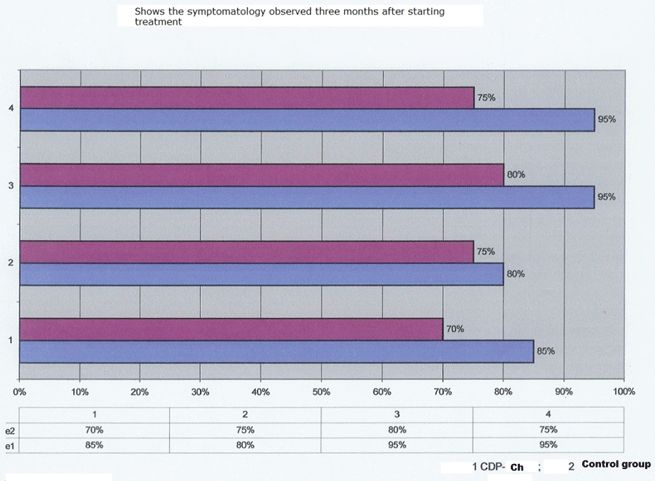
Table 4: shows the symptomatology observed three months after starting treatment; improvement of the symptomatology at 3 months of its evolution.
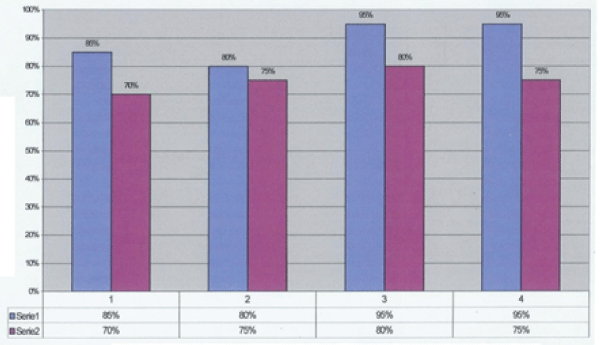
Table 5: Evolution at six months of treatment
1-Headache, 2-Dizziness, 3-Motor impairment, 4- Memory disorders
The symptomatology was specified in these four sections:
With this last significant factor being relevant after 3 months of treatment (p <0.005).
Following 6 months’ treatment, it can be seen that there are no changes in the improvement in none of the symptoms studied (Table 6).
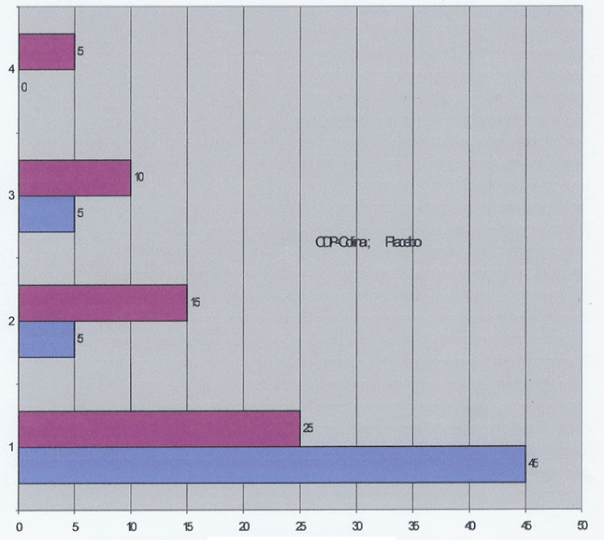
Table 6: We present the symptomatology and % of patients that improve after one year of treatment.
The GOS is used to monitor the evolution of the patients who took part in our study Table 3.
Level 1 refers to the evolution considered Good Recovery, and level 5 as Death.
The data evaluated once a year has elapsed allowed for a significant result to be obtained in Group 1 45/25 (P <0.05).
Analyzing the results, it can be concluded that the use of the CDPCholine molecule favors:
The findings of our study show that it has been widely proven that patients suffering from HI with an initial GCS of 13 – 10 benefit from the incorporation of the CDP – Choline into the treatment plan, managing to accelerate absorption of the cerebral edema and recuperation, both with regard to conscious memory, as well as neurological disorders, meaning reduced hospital stays and greater incidences of survival rates [12-15].
Download Provisional PDF Here
Article Type: Research Article
Citation: Arrotegui JI (2017) Effectiveness of Cdp-Choline in the Treatment of Slight and Moderate Head Injuries. J Surg Open Acess 4(1): doi http://dx.doi.org/10.16966/2470-0991.160
Copyright: © 2017 Arrotegui JI. This is an open-access article distributed under the terms of the Creative Commons Attribution License, which permits unrestricted use, distribution, and reproduction in any medium, provided the original author and source are credited.
Publication history:
All Sci Forschen Journals are Open Access